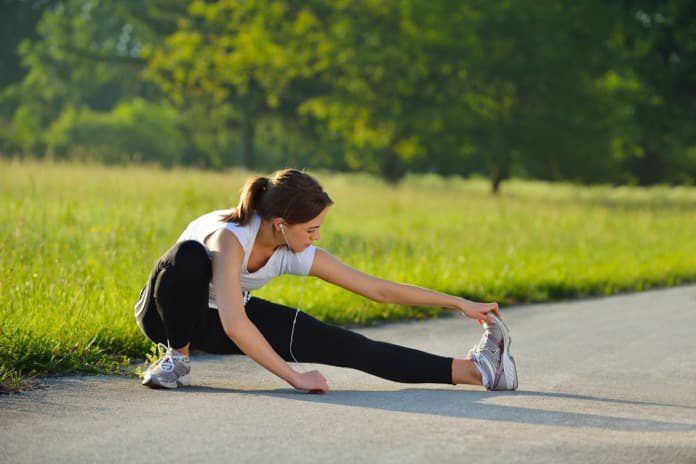A recent study investigated whether exercise and patient education reduce gluteal tendinopathy pain more than an injection or by simply waiting and seeing.
Gluteal tendinopathy is damage to the tendon fibers that connect muscles in the buttocks to the hip bones. Bursitis stems from inflammation of the bursa which provides a cushion between tendons and joints. These two conditions commonly present together (more commonly in women) since both are caused by increased stress on the hip. They are the most common causes of hip pain, which can be severe enough to interfere with sleep, stair climbing, and other daily tasks.
Treatment options for gluteal tendinopathy
Once diagnosed, some people are given a corticosteroid injection to reduce the inflammation and relieve pain. Others receive physiotherapy strengthen muscles around the hip and to learn how to stand and lift in ways that reduce the load on the hip. Surgery is typically a treatment of last resort. However, little data comparing these treatment options exist to guide healthcare professionals.
In a recent study published in The BMJ, researchers from Australia recruited 204 people diagnosed with gluteal tendinopathy to participate in a prospective, single-blinded, randomized study. The participants had a mean age of 54 years and 81.9% were women. The study aimed to compare treatment with one ultrasound-guided corticosteroid injection to treatment with a combination of supervised exercise and patient education. The control group followed a “wait and see” approach rather than receiving any treatment.
The supervised exercise and education protocol included:
- Week 1 – familiarization with the exercises
- Week 2 – exercise with movement optimization with light loads
- Weeks 3-8 – exercise with movement optimization with graduated loading
The researchers assessed the participants at the beginning of the study and at 4, 8, 12, 26, and 52 weeks. After eight weeks, 77.3% of the supervised exercise and education group classified the treatment as successful (based upon the Global Rating of Change Scale) compared to 58.5% of those treated with a steroid injection and 29.4% of those in the “wait and see” control group.
Education and exercise are more effective than treatment with one steroid injection
In addition, the exercise and education group reported that the intensity of their pain went from an average of 4.8 (all scores are on a scale from 0 to ten where one is no pain and ten is the worst pain imaginable) to an average of 1.5.
The average pain score for the injection treatment group went from 4.8to 2.7 and the average pain score for the control group went from 4.9 to 3.8. Average pain scores one year later were 2.1 for the exercise and education group, 2.3 for the steroid injection group, and 3.2 for the control group.
This research indicates that education and exercise are more effective than treatment with one steroid injection and highlights the importance of reducing continued damage by relearning how to stand and lift so as to reduce the stress on the hip.
As the authors of the study point out, “understanding and knowledge of appropriate management strategies could encourage patients to have a greater sense of self-efficacy and control over their condition, leading to a better quality of life.”
Written by Debra A. Kellen, PhD
Reference: Mellor, R., Bennell, K., Grimaldi, A., Nicolson, P., Kasza, J., Hodges, P., … &Vicenzino, B. (2018). Education plus exercise versus corticosteroid injection use versus a wait and see approach on global outcome and pain from gluteal tendinopathy: prospective, single blinded, randomised clinical trial. BMJ, 361, k1662.http://dx.doi.org/10.1136/bmj.k1662doi: 10.1136/bmj.k1662



